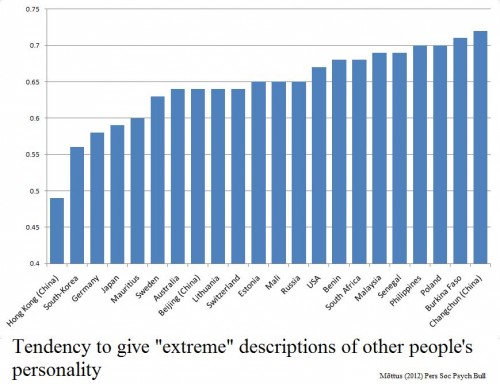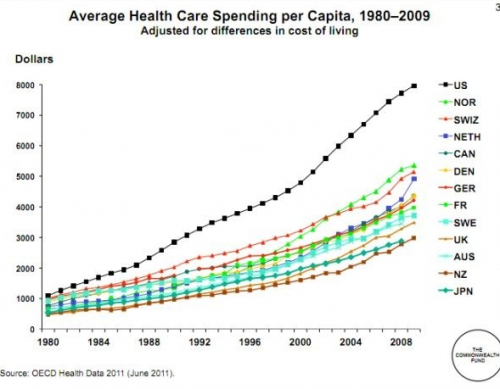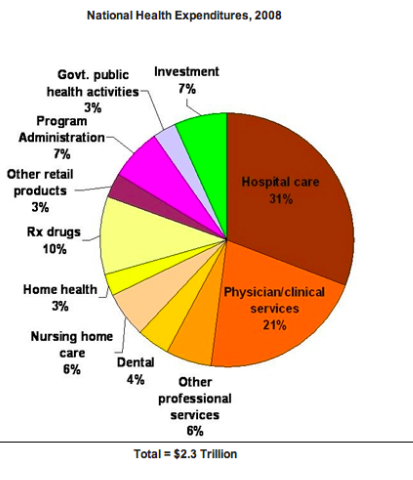Yesterday NPR’s Morning Edition included a segment by Alix Spiegel about cultural differences in approaches to teaching and learning. Researchers have found interesting differences in how teachers and parents in the U.S. and Japan encourage kids to learn.
Americans tend to focus on intelligence as the source of school success; you do well because you’re smart, kids learn. But Jim Stigler’s observations in Japan indicated that teachers focused more on effort, on letting kids publicly struggle with problems until they finally got the right answer. From this perspective, learning doesn’t occur because you’re inherently smart; it occurs because you keep working at a difficult problem until you figure it out. Jin Li has also found that parents tend to socialize kids in the U.S. into thinking of their successes as a sign of their intelligence more than their hard work, while Chinese parents focus more on persistence and concentration.
These lead to different perceptions of what it means to struggle to learn. As Stigler explains, in the U.S., we often assume that learning comes easily to you if you’re smart, and if you struggle to learn, that you lack ability. This can lead to fatalism; students who don’t easily grasp a concept can quickly see it as impossible. But as Spiegel says,
Obviously if struggle indicates weakness — a lack of intelligence — it makes you feel bad, and so you’re less likely to put up with it. But if struggle indicates strength — an ability to face down the challenges that inevitably occur when you are trying to learn something — you’re more willing to accept it.
It’s an interesting report on differences in cultural perceptions of learning, what it means if you struggle to grasp something, and the implications this might have for students’ experiences of their own learning process. It’s worth a listen.
I couldn’t get the audio file to upload; you can listen to it at the NPR site. You can read the full transcript here.
Gwen Sharp is an associate professor of sociology at Nevada State College. You can follow her on Twitter at @gwensharpnv.















